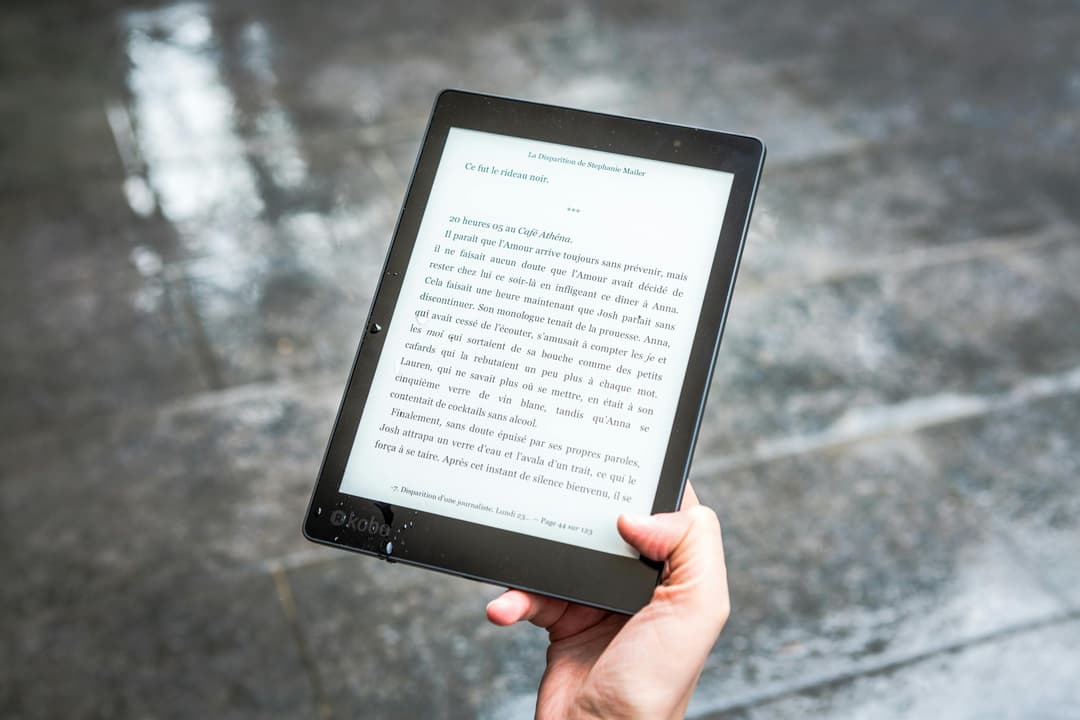Why DRM on Books is a Problem
And What We Can Do About It

Jun 30, 2025
In the digital age, you’d think buying a book online would be as simple as picking up a paperback from your local bookstore. But if you’ve ever tried to move a Kindle book to another device, share a favorite eBook with a friend, or access a textbook you bought last year only to find it mysteriously gone, you’ve likely encountered the invisible wall known as DRM.
DRM, or Digital Rights Management, is the software technology used by major retailers to control how digital books are used. While it’s often sold as a way to prevent piracy, DRM creates more problems than it solves—for readers, authors, and the future of books.
1. You Don’t Own the Book
When you buy a DRM-protected eBook, you’re not buying a book. You’re licensing access to it under certain conditions—and those conditions can change. Your book can be deleted remotely, your access can expire, and you can’t freely back it up or move it around.
In 2009, Amazon famously deleted copies of George Orwell’s 1984 from users’ Kindles without notice. The irony aside, this case showed how fragile digital “ownership” really is under DRM.
2. You're Locked Into a Platform
Buy a Kindle book, and you’re expected to read it only on Amazon-approved devices or apps. Want to move your book to a Kobo, a reMarkable tablet, or another eReader? Too bad. DRM locks you into a single ecosystem, even if you paid full price for the content.
That’s like buying a paper book and only being allowed to read it in one chair, in one room, in one house.
3. Sharing and Lending Are Broken
With physical books, you can lend to a friend, donate to a library, or pass it down to your children. DRM takes those rights away. Some platforms allow limited lending, but it’s heavily restricted and often confusing. Fair use becomes unfairly difficult.
4. Preservation is at Risk
When all books are controlled by proprietary systems, what happens to our digital libraries if those companies shut down or change direction? A DRM-protected book might become unreadable if a platform disappears—or simply decides not to support your older device anymore.
Without open access, archiving and preserving books for future generations becomes almost impossible.
5. DRM Doesn’t Stop Piracy
Here’s the kicker: DRM doesn’t actually stop piracy. Determined users can and do break DRM all the time. Instead, it punishes honest readers who want to do simple things—like copy a quote, print a chapter, or read offline.
DRM treats every reader as a potential thief, instead of a customer who values books.
6. Authors Lose Too
Many authors have no say in whether their books use DRM. Publishers and platforms enforce it as default, without asking. This can prevent authors from distributing their own work freely, offering review copies, or experimenting with pricing and formats.
Authors who want to go DRM-free are often forced to avoid major retailers or jump through hoops to make their books available on their terms.
What Can We Do Instead?
The good news is, we’re not powerless. Both readers and authors have real alternatives to DRM—and by choosing them, we help shape a healthier, freer digital publishing ecosystem.
For Readers: Choose DRM-Free Whenever You Can
If you care about owning your books, backing them up, or sharing them legally, look for DRM-free options. Some trusted platforms include:
- Kobo – Many Kobo books are DRM-free, especially from indie authors and publishers who choose to opt out.
- Smashwords – Offers eBooks in multiple formats (ePub, PDF, MOBI) with no DRM.
- Leanpub – DRM-free by default, great for tech books, education, and work-in-progress titles.
- Humble Bundle – Sells curated book bundles, often DRM-free, with part of proceeds going to charity.
- Tor Books – Major sci-fi/fantasy publisher that releases all its titles without DRM.
- Itch.io – A surprising source for DRM-free indie books, zines, and experimental writing.
You can also use Calibre (free and open-source software) to organize, convert, and back up your DRM-free library.
For Authors: Say No to DRM
If you're a self-published author or work with a flexible publisher, you can choose not to include DRM when distributing your work. This gives your readers more freedom and helps build long-term trust and loyalty.
Platforms that support DRM-free publishing:
- Kobo Writing Life – Opt out of DRM with a simple checkbox.
- Draft2Digital – Distribute to dozens of stores with DRM-free settings.
- Leanpub – Designed for transparency and DRM-free publishing from the ground up.
- Gumroad – Sell directly to readers with full control and no DRM.
- Your own website – Sell eBooks directly using Stripe, PayPal, or a service like Payhip or Lemon Squeezy.
Tip: Make it clear to your audience that your books are DRM-free. It's a selling point—many readers will support you just for that.
Final thoughts
DRM might sound like protection, but it’s actually a limitation—a digital leash on your library. It doesn’t stop pirates, but it does hurt honest readers, limit authors, and endanger the future of books.
As readers, we can choose platforms that respect our rights. As writers, we can publish DRM-free. And as a community, we can build a future where digital books are as shareable, ownable, and enduring as the ones on our shelves.